Search
Search Results
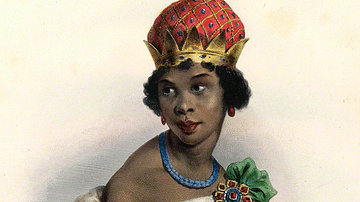
Definition
Portuguese Angola
Portuguese Angola in southwest Africa was the first European colony on that continent. While settlement from 1571 proved problematic in the interior, the Portuguese did obtain a large number of slaves which they shipped to their Atlantic...
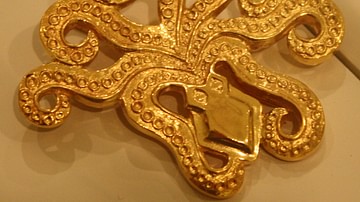
Definition
Gold in Antiquity
Gold, chemical symbol Au (from the Latin aurum meaning 'shining dawn'), is a precious metal which has been used since antiquity in the production of jewellery, coinage, sculpture, vessels and as a decoration for buildings, monuments and statues...
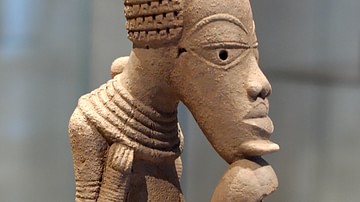
Definition
Nok Culture
The Nok culture, named after the settlement of the same name, flourished in southern West Africa (modern Nigeria) during the Iron Age from the 5th century BCE to the 2nd century CE. Famous for the distinctive terracotta sculptures of human...

Image
Blue and White Tiled Stairs
A public staircase in Lisbon, Portugal showing azulejos (glazed ceramic tiles). During the early 18th century CE, Portuguese tile artisans fell under the influence of Ming Dynasty (1368-1644 CE) Chinese porcelain design and Dutch Delftware...
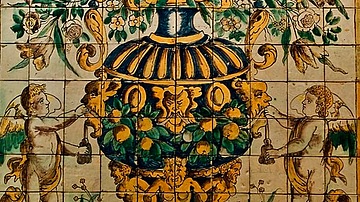
Image
Portuguese Ceramic Tile
A polychrome faience azulejo (or glazed ceramic tile) showing a vase of flowers with cherubim. This tile is typical of designs influenced by Portugal's overseas colonies and territories. The tile is from Nossa Senhora da Esperança Convent...

Article
The Spice Trade & the Age of Exploration
One of the major motivating factors in the European Age of Exploration was the search for direct access to the highly lucrative Eastern spice trade. In the 15th century, spices came to Europe via the Middle East land and sea routes, and spices...

Article
Roman Roads
The Romans built roads over ancient routes and created a huge number of new ones. Engineers were audacious in their plans to join one point to another in as direct a line as possible whatever the difficulties in geography and costs. Consequently...
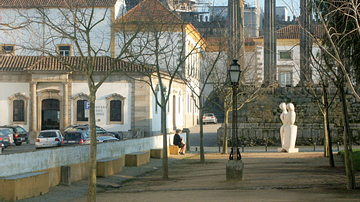
Image
Temple of Diana
The Roman temple of Diana in Evora, Portugal. Constructed in the 1st century CE. Photo shows temple in relation to other buildings in Largo Conde Vila Flor square. Photo taken in 2008 CE.
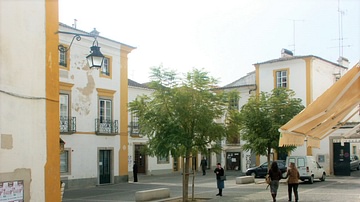
Image
Evora
A square in Evora, Portugal showing the white buildings with mustard-coloured trim that is typical of the Moorish architecture of the city. Photo taken 2008 CE.
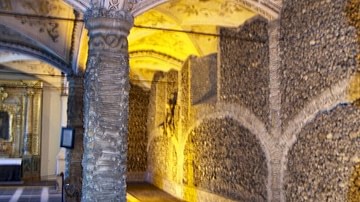
Image
Capela dos Ossos (The Chapel of Bones)
Capela dos Ossos (The Chapel of Bones) attached to the Igreja de São Francisco, Evora, Portugal. The Chapel of Bones was constructed by Franciscan monks in the late 16th century CE. Photo taken 2009 CE.